If you’re still using the ASUS Chromebit CS10 for your digital signage, it’s time for a crucial conversation. This once-handy digital signage device, a pioneer in its time, has officially crossed the threshold from a reliable workhorse to a significant business liability. Since its Auto Update Expiration (AUE) in November 2020, the Google Chromebit no longer receives security updates, leaving your network and data exposed. But the risks go far beyond just security.
Continuing to rely on this aging hardware is like trying to run modern software on a ten-year-old computer—the performance gaps are widening, and critical failures are no longer a matter of “if,” but “when.” From broken management policies to failing apps from the Chrome Web Store, the signs are clear. This article breaks down exactly why the Chromebit is a risk and walks you through your modern upgrade options for a seamless and secure transition.
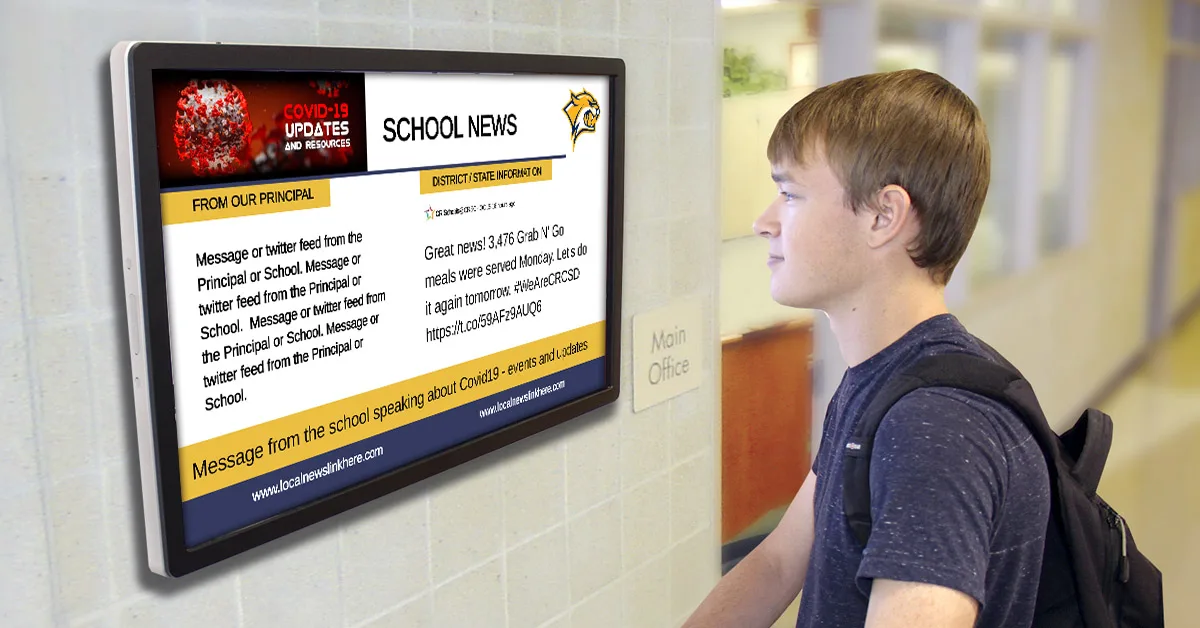
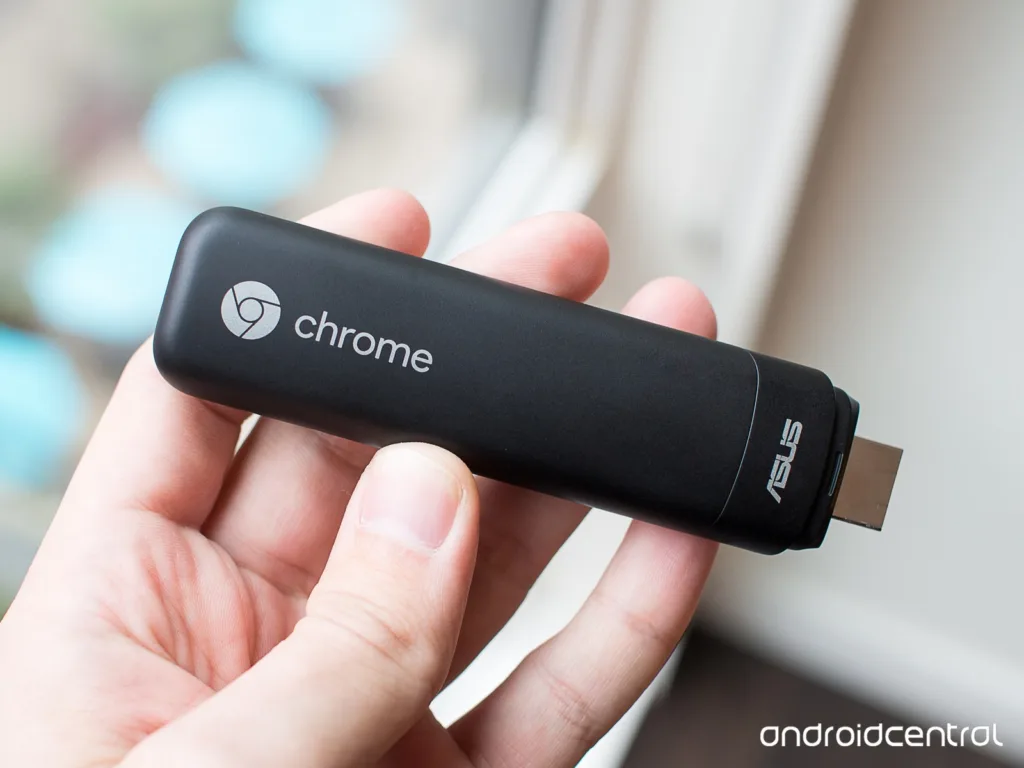
The Critical Risks of Using an Outdated Chromebit
The core issue is simple: the ASUS Chromebit has reached its end-of-life. Here’s what that means for your day-to-day operations and why you need to act now.
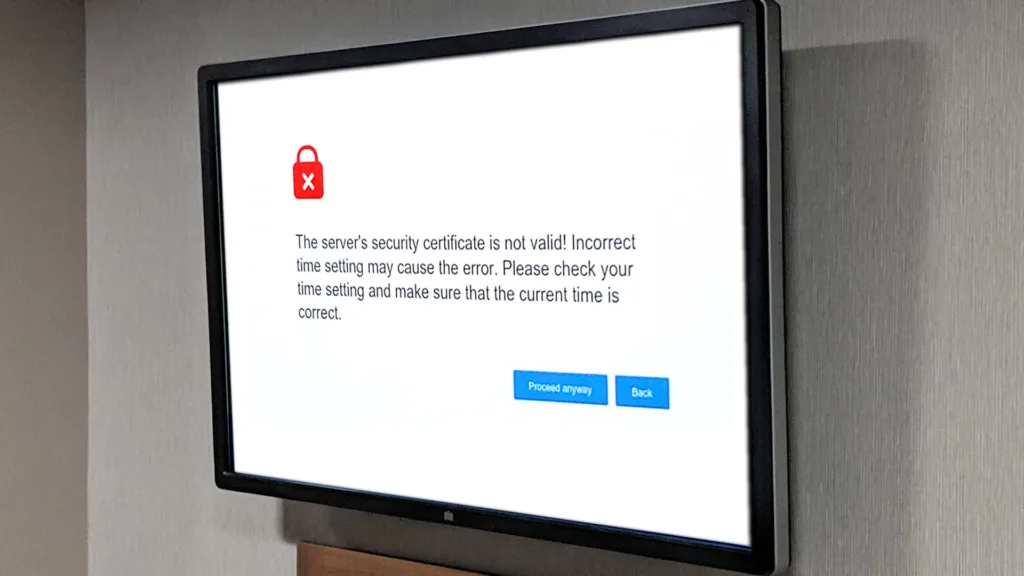
1. You Have No More Security Updates
The most urgent reason to replace your Chromebit device is the lack of security patches. Google’s official Auto Update policy confirms the Chromebit CS10 stopped receiving ChromeOS and browser updates in November 2020. Every day you keep it running, you’re operating a device with known vulnerabilities, creating an open door for security threats on your network.
2. Your Management Policies Are Breaking Down
For any business managing a fleet of screens, centralized control is non-negotiable. Google warns that once a ChromeOS device passes its AUE date, existing and future Admin policies may stop working as intended. This means your ability to remotely manage, configure, or reboot your signage is compromised, leading to increased IT support time and frustrating inconsistencies across your display network.
3. Core Technology and Apps Are Being Retired
The entire software ecosystem that the Chromebit relies on is being phased out. Key platform changes include:
- End of Chrome Apps: Support is being phased out, with a final end-of-life date that will render many kiosk and signage apps useless.
- Chrome Sign Builder Is Going Away: This popular scheduling tool reaches its end of life soon. If you use it to manage your content schedules, your “set-and-forget” playlists will break, leaving your screens blank.
4. You’ll See More Broken Content and Reliability Issues
A frozen browser on an outdated operating system can’t keep up with the modern web. Google explicitly notes that features and sites requiring newer Chrome versions will eventually stop working. You’ll see an increase in:
- Broken dashboards and authentication flows
- Incompatible media and videos
- TLS errors that prevent secure connections to data sources
- General instability requiring a manual reboot
5. The Hardware Lacks the Power for Modern Signage
The ASUS Chromebit was released in 2015. Its internal hardware—with just 2GB of RAM and a single USB port—lacks the computing power for the demands of today’s digital signage. Modern content often includes dynamic data feeds from tools like Google Calendar, multi-zone layouts, 4K video, and interactive elements. The Chromebit simply wasn’t built for this, leading to sluggish performance and limited creative capabilities.
6. It Has a Risky Physical Setup
Designed as a simple stick plugged directly into a monitor’s HDMI port, the Chromebit relies on a micro-USB power plug and Wi-Fi for its internet connection. This setup is notoriously unreliable in public installations, prone to power brownouts and flaky connectivity. Unlike modern devices with options for wired Ethernet or Power over Ethernet (PoE), the Chromebit introduces unnecessary points of failure for a lobby or employee-facing screen. (READ MORE)
Your Upgrade Path: Moving to a Modern Digital Signage Device
The good news is that upgrading from a Chromebit is straightforward and offers a massive leap in performance and security. Here are your two best paths forward.
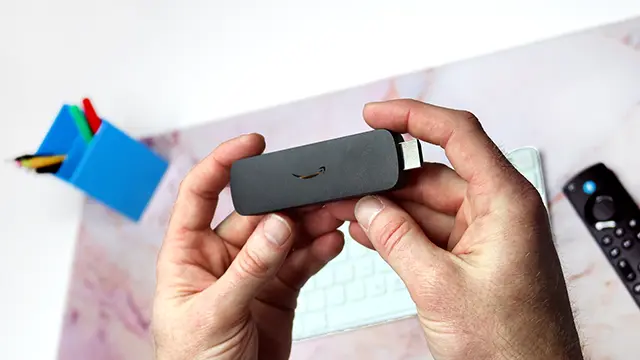
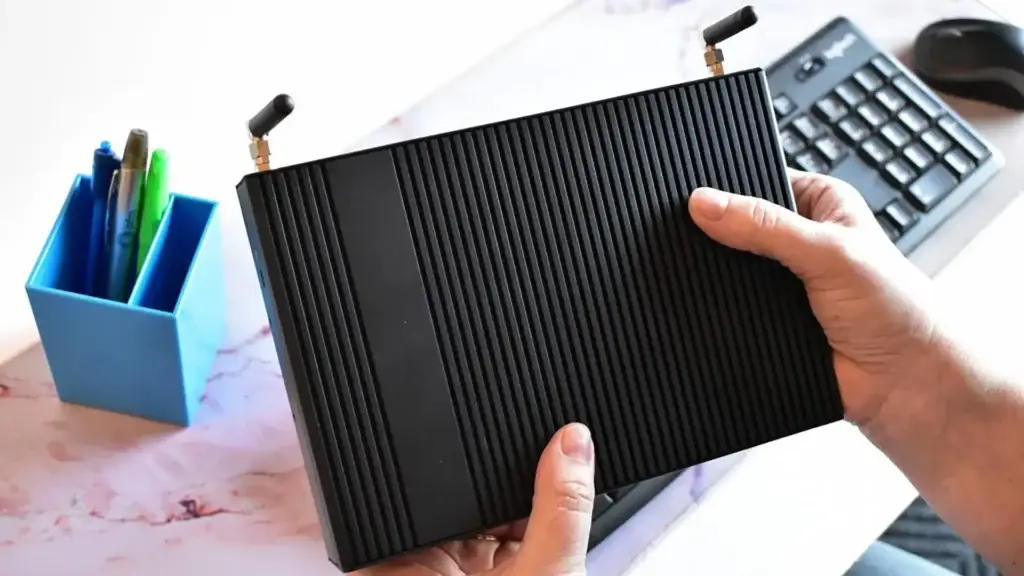
Option 1: Upgrade to a Modern Chromebox
For businesses that want a direct, powerful replacement, the modern ASUS Chromebox or other ChromeOS device is the perfect choice. It’s the closest like-for-like upgrade and keeps you within the familiar Google ecosystem.
Why a Chromebox is a great choice:
- Long-Term Support: Current models have a full 10-year update runway.
- Robust Performance: Easily handles 4K content, complex dashboards, and multi-zone layouts.
- Enterprise-Ready: Full support for Google Admin policies and remote management.
Flexible Connectivity: Includes multiple USB ports, HDMI, and wired Ethernet options for maximum reliability.
Option 2: Choose an Amazon Signage Stick
For simpler applications focused on basic playlists and video, a dedicated signage stick like one powered by Amazon is a cost-effective and powerful alternative. It’s an excellent fit when you don’t need the heavy web workload capabilities or deep ChromeOS management of a Chromebox.
Why a signage stick is a great choice:
- Budget-Friendly: Lower cost per device for large deployments.
- Simple and Focused: Designed specifically for media playback, making setup incredibly easy.
- Powerful Enough for Most Content: Easily handles 1080p and 4K H.264 video content, perfect for marketing and informational displays on a big screen.
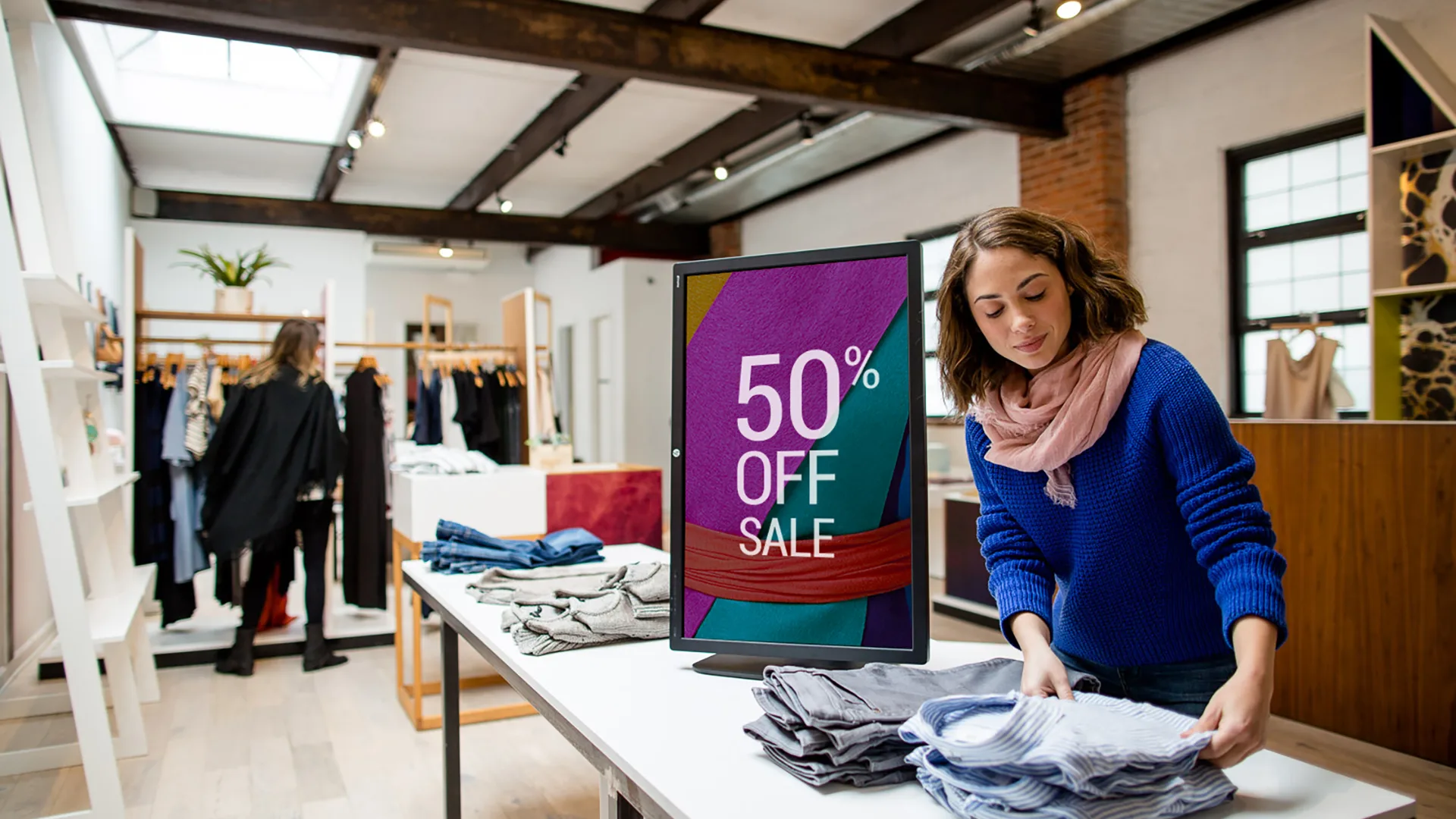
Your Chromebit to Arreya Migration Checklist
Ready to make the switch? Here’s a simple checklist to guide your transition to a modern, reliable system with Arreya.
[ ] Audit Your Current Devices: Make a list of all active Chromebit devices and their locations.
[ ] Evaluate Your Content Needs: Determine the complexity of your content. Are you running simple slideshows or data-heavy dashboards and 4K videos? This will help you choose between a Chromebox and a signage stick.
[ ] Choose Your New Hardware: Based on your needs, select either a modern ChromeOS device like a Chromebox or an Arreya-compatible signage stick.
[ ] Provision Your Arreya Subscription: Ensure your Arreya subscription is active and ready for the new devices.
[ ] Deploy and Configure: Plug in your new hardware, connect it to your network, and pair it with your Arreya account. The setup is fast and simple.
[ ] Decommission Your Old Chromebits: Once your new devices are live, safely retire and recycle your old ASUS Chromebit hardware.
Don’t Wait for a Failure—Upgrade Your Signage Today
Continuing to use an end-of-life Chromebit is a gamble you don’t have to take. The risks of security breaches, software failures, and unreliable performance are only growing. By upgrading to a modern digital signage device, you not only protect your business but also unlock new features and functionality for more engaging and dynamic communication.
Ready to secure your digital signage network? Move from Chromebit to a powerful, secure, and fully supported ChromeOS device. Explore Arreya’s solutions for Chromeboxes and get the enterprise-grade performance you need.
Looking for a simple, cost-effective solution? The Arreya Signage Stick, powered by Amazon, is the perfect Chromebit replacement for stunning 4K content without the complexity. Learn more about our signage stick and get started today.

